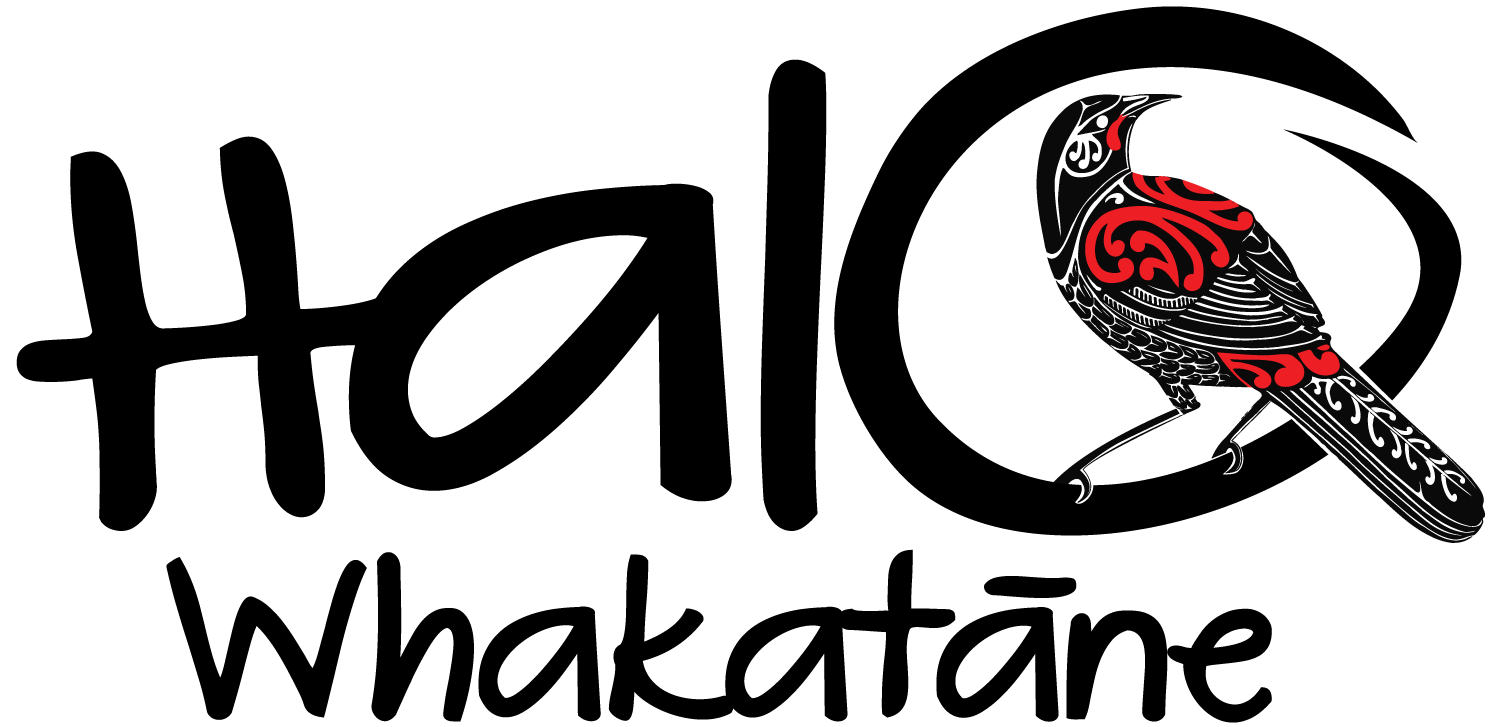IMAGINE…
Crossing the bridge spanning Ōhinemataroa (the Whakatāne River), you enter town. The tūī and bellbird are jostling in the puriri trees on the landing road roundabout, once again disagreeing about who deserves to welcome visitors to Whakatāne.
Approaching town the speed limit reminds you to slow down for pedestrians, the feathered kind. The efforts of our conservation groups and urban residents, through controlling pests and restoring the environment, is coaxing the bush inhabitants into what was once only habitat for humans and their ocean-going pests.
No matter what the season visiting the Whakatāne environment is an extraordinary experience. Whether you venture along one of the many tracks or simply indulge in a foaming latte overlooking the river, you are stepping into a world where people are living in a reclaimed Gondwanaland. Not a theme park or a fenced zoo, but a place where the exhibits are free to come and go.
The residents of Whakatāne understand that their contribution to help sustain this amazing natural environment, now and into the future, will not only benefit the wildlife, but the quality of their lives too.
Who would have thought that most of the population would own bikes, and use them! You park your vehicle in the visitor’s car park, grab your bike and cycle along the Warren Cole walkway leading into town and ‘The Heads’ beyond. The dual trail which is signposted to take 10mins, by bike, lasts 3 hours as you marvel at the wetland birds that greet you along the way.
Bittern, spoonbill and kōtuku flank the river’s edge and stride amongst the smaller wetland and bush fauna. Fernbird, north island robin, silver eye, bellbirds and tūī pause as the harsh screech of a kākā pierces the air. Kereru swoop out of sight as an agile falcon spots his prey.
The walkway is the entrance to the HALO cycleway which rings the network of community projects connected to ensure the safety of our hosts, wildlife that has been lost from many parts of the mainland. Off to your right you notice a young child swinging upside down from one of the many thick pohutukawa bows extending across the trail. Their brilliant red stamens blanket the ground protecting the fruit of the neighbouring karaka from the sun.
You meet the friends of the young gymnast, now pulling a card dabbed with peanut butter from a tunnel next to the track. “Only tuatara prints in this one too”, he yells to his classmates. You learn that these children are from a local school and are in charge of rodent monitoring around Kōhi Point. It seems that they are also challenging each other by singing out the names of birds as they are heard. A high pitched whistle is immediately identified as a tomtit and the trill of a grey warbler increases its volume to be heard over the laughter of the children.
Kapu-te-rangi (the pa of gentle breezes) overlooks Whakatāne and is your next port of call. Kapu-te-rangi is one of the oldest known pa sites in New Zealand. The Ngāti Awa iwi, which today populates most of the Whakatāne district, descend from the great chief Toi's youngest son Awanuirangi.
From the pa you see the majestic Whakaari (White Island), Moutohorā (Whale Island) and Te Paepae o Aotea Marine Reserve just beyond. As you descend into Ōhope the sun falls behind the rugged profile of the cliffs at Westend. The silhouettes of kuia (grey faced petrel) can be seen as they come to roost in their burrows behind the houses, welcomed home by haunting calls from their mate.
Before you head back over ‘the hill’, you decide to grab a bite to eat from one of the many cafés boasting food made from local produce. You sample the kawakawa tea, a pikopiko scone and pirita salad. Reenergised, you to take the path leading up Ōhope hill and smile as you see the ‘iwi’ wandering sign, some people can’t help themselves. Unfortunately you have hit 5 o’clock traffic. Not the sound of cars or the exhaust fumes to disturb the chorus of birds straining their throats as they warm up for the dusk orchestra, but hundreds of bikes coasting down the hill.
With a sense of achievement you finally navigate your way to Wharaurangi, in the centre of town. Toi named the area surrounding Pohaturoa (the large, tree-clad rock outcrop immediately to the south, across The Strand) 'Wharaurangi', to acknowledge the role of the constellations in guiding navigators across the Pacific Ocean to Aotearoa. This is the end of your journey, but not before you witness the silent flight of the ruru catching moths under the street lights at dusk and the heavy steps of the kiwi striding down The Strand, hunting an unsuspecting wētāpunga. In the distance to the north the cousin of the kōkako and huia, a tieke soars above Moutohorā on course to Whakatāne, his new home.
